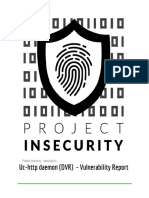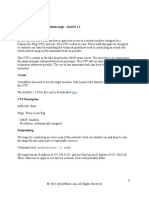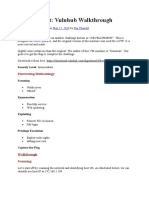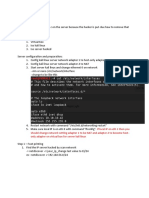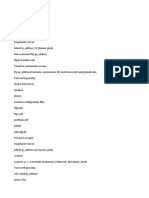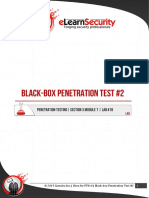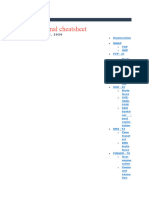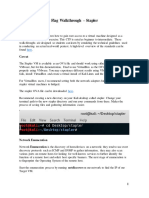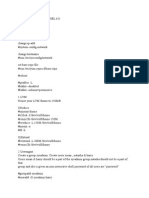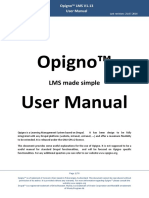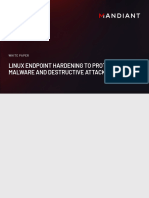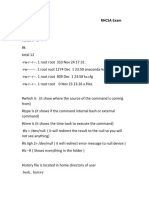0% found this document useful (0 votes)
184 views9 pagesCTF WRITEUPS TryHackMe Linux-Forensics Write
The document is a write-up for a Linux forensics task on TryHackMe, detailing a series of investigative tasks related to a data breach at ACME web design. It covers tasks such as deploying a VM, analyzing Apache logs, identifying persistence mechanisms, and examining user accounts to uncover evidence of an attacker. Key findings include the identification of malicious tools, backdoor commands, and unauthorized user accounts, along with the analysis of web server traffic and logs.
Uploaded by
siraman5568Copyright
© © All Rights Reserved
We take content rights seriously. If you suspect this is your content, claim it here.
Available Formats
Download as PDF, TXT or read online on Scribd
0% found this document useful (0 votes)
184 views9 pagesCTF WRITEUPS TryHackMe Linux-Forensics Write
The document is a write-up for a Linux forensics task on TryHackMe, detailing a series of investigative tasks related to a data breach at ACME web design. It covers tasks such as deploying a VM, analyzing Apache logs, identifying persistence mechanisms, and examining user accounts to uncover evidence of an attacker. Key findings include the identification of malicious tools, backdoor commands, and unauthorized user accounts, along with the analysis of web server traffic and logs.
Uploaded by
siraman5568Copyright
© © All Rights Reserved
We take content rights seriously. If you suspect this is your content, claim it here.
Available Formats
Download as PDF, TXT or read online on Scribd
/ 9


